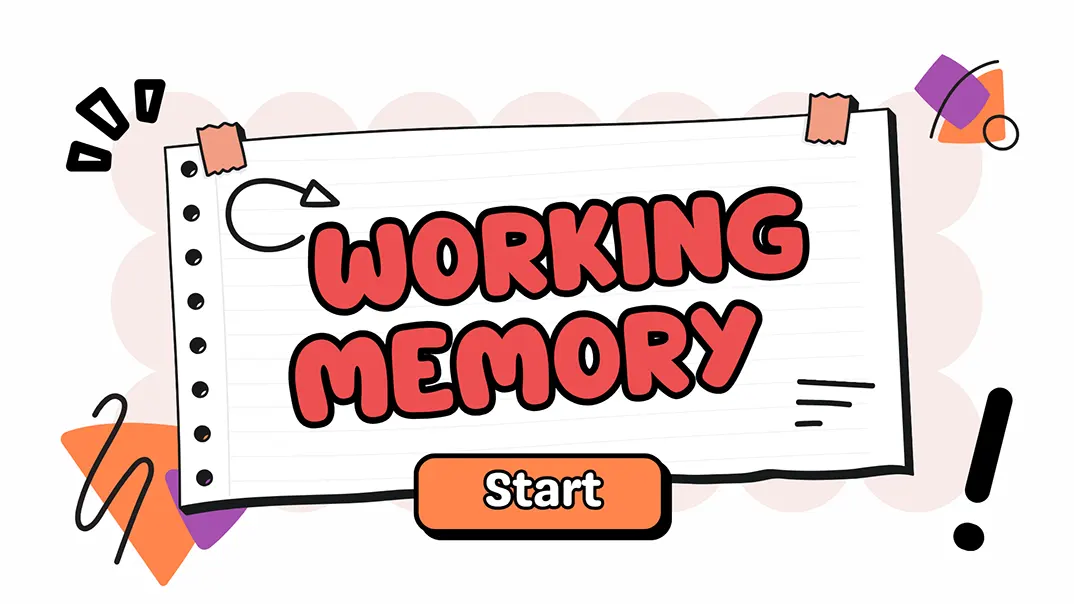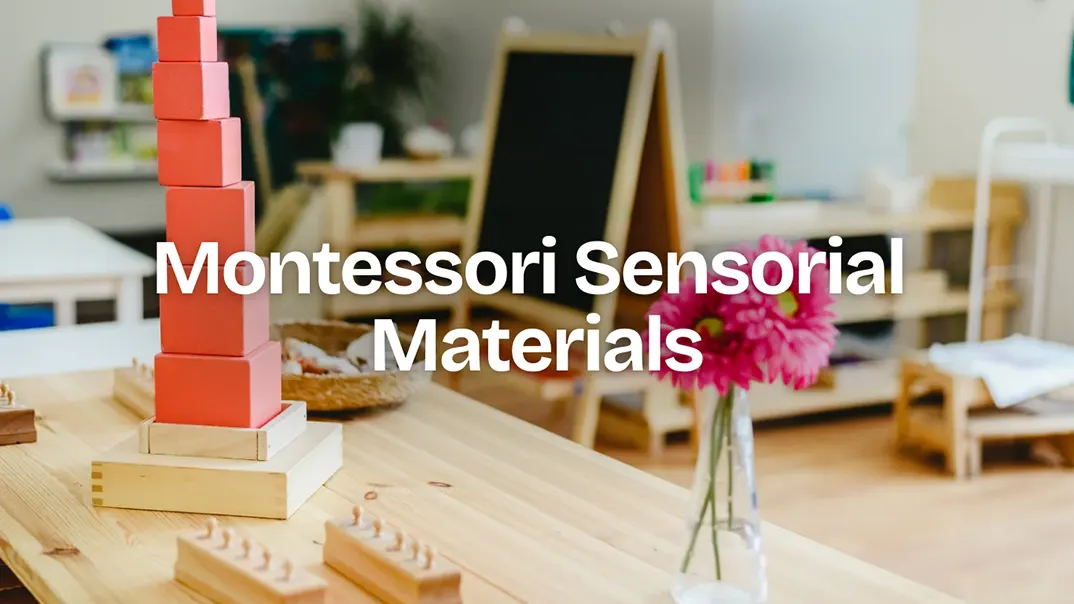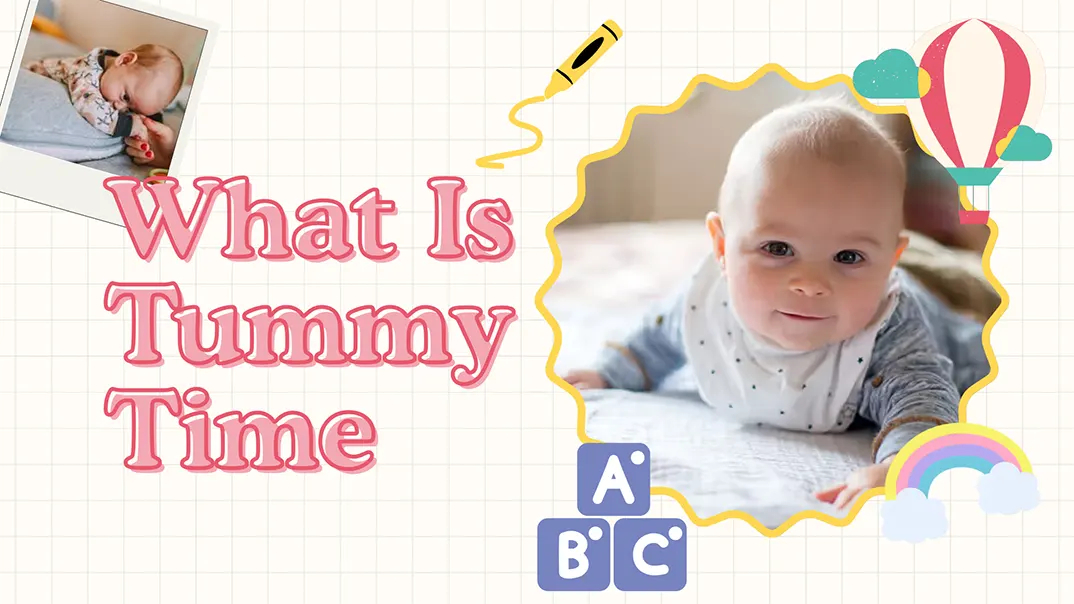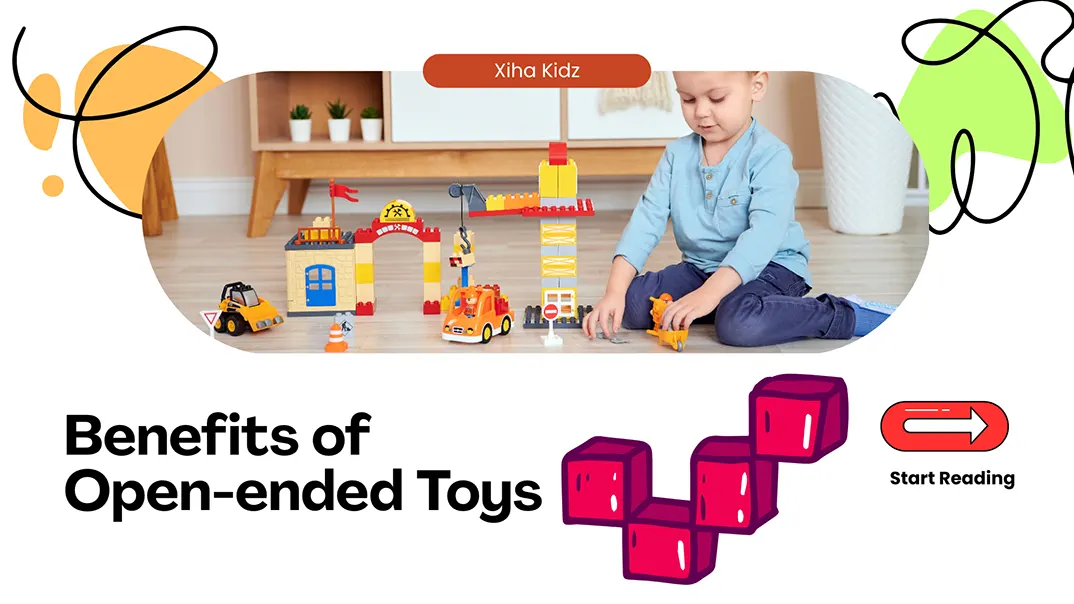Does your child forget what you just said? Do they get confused halfway through a simple task or struggle to complete homework independently? These may be signs of poor working memory, a common but often overlooked challenge in child development.
Working memory is the mental workspace that allows us to temporarily hold and process information. It is one of the core components of executive function and plays a critical role in learning and attention. For children, this means remembering instructions, switching between tasks, and staying focused on the goal.
By learning how working memory functions and by teaching strategies to strengthen it, parents and educators can unlock greater confidence in children and reduce unnecessary struggles.

What is Working Memory?
Working memory is the brain’s system for temporarily holding and processing information needed to complete tasks. Unlike long-term memory, which stores knowledge for extended periods, working memory focuses on short-term use. It allows us to keep information “in mind” while we manipulate it, solve problems, or follow instructions.
In children, working memory is essential for learning and daily functioning. It enables them to remember a teacher’s directions, keep track of steps in a math problem, or recall story details while making sense of a book. Without strong working memory skills, children may struggle to stay on task, organize their thoughts, or connect new knowledge with what they already know.
Researchers often describe working memory as a mental “workspace.” Just like a desk, it has limited space: when too much information piles up, it becomes harder to process efficiently. This is why children with weaker working memory capacity may appear distracted, forgetful, or easily overwhelmed in learning environments.
Examples of Working Memory
To truly understand working memory, it helps to see it in action. While the concept may seem abstract, its effects are visible in countless daily situations, especially in the lives of children. Whether in the classroom, at home, or during social interactions, working memory is the hidden engine that keeps the mind organized and functional.
- Following multi-step instructions: A child hears “Get your pencil, write your name, and open to page 3,” and must hold all three steps in mind while executing them.
- Doing mental math: Solving “7 + 6 – 4” without writing anything down requires the child to temporarily hold and update numbers in their head.
- Reading comprehension: While reading a story, a child must remember what happened in previous sentences or paragraphs to understand the plot.
- Playing games with rules: Board games or Simon Says require remembering and applying changing instructions in real time.
- Storytelling or writing: When asked to retell a story or write a sentence, children rely on working memory to organize and communicate thoughts clearly.
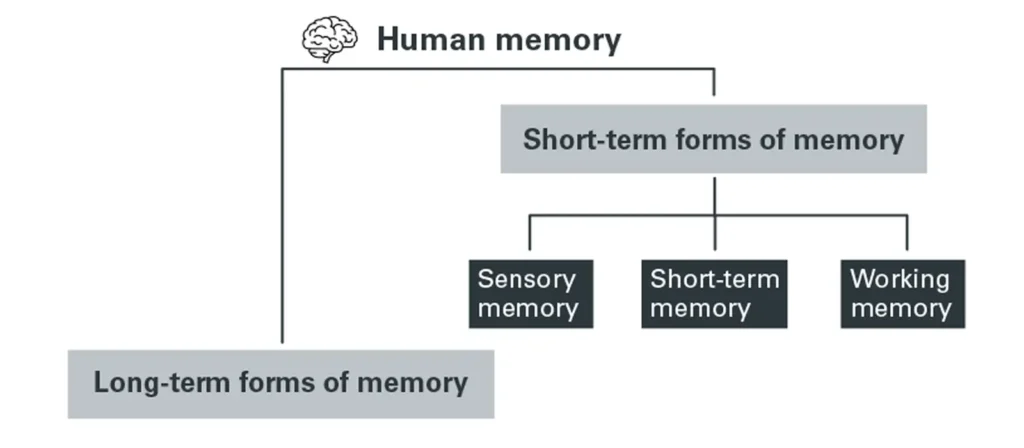
Working Memory Vs Short-Term Memory
| Aspetto | Working Memory | Memoria a breve termine |
|---|---|---|
| Funzione | Stores and actively manipulates information for a task | Temporarily holds information without processing |
| Cognitive Process | Involves storage + processing | Involves storage only |
| Duration | Lasts for seconds to minutes, depending on task demands | Typically lasts a few seconds |
| Capacity | Limited (usually 3–5 chunks of information) | Limited (about 7 ± 2 items) |
| Esempi | Mental math, following multi-step directions, and reading comprehension | Remembering a phone number long enough to dial it |
| Use in Learning | Essential for reasoning, problem-solving, and language tasks | Supports basic recall, like repeating a list or sequence |
| Developmental Role | Strong predictor of academic success and behavioral regulation | Foundational but not sufficient for complex learning |
| Neural Involvement | Involves the prefrontal cortex and multiple brain regions for integration | Primarily involves the hippocampus and the surrounding medial temporal areas |
Real-Life Comparison Examples
To make the difference clearer, let’s look at an everyday scenario and how each type of memory applies:
- Short-Term Memory: Imagine a child hears the number 2468 and immediately repeats it while dialing the phone. The child does not analyze the number’s meaning or connect it to anything else; they just hold it briefly in mind long enough to use it.
- Working Memory: Now, imagine the child is told two numbers: 2468 for home and 8642 for school. When deciding which one to dial, the child thinks about the context (for example, “I want to call home, not school”) and actively compares the two before choosing. This involves not just holding the numbers but also manipulating and applying them in the right situation.
Trasforma la tua aula con soluzioni di arredamento personalizzate
Baddeley’s Model of Working Memory
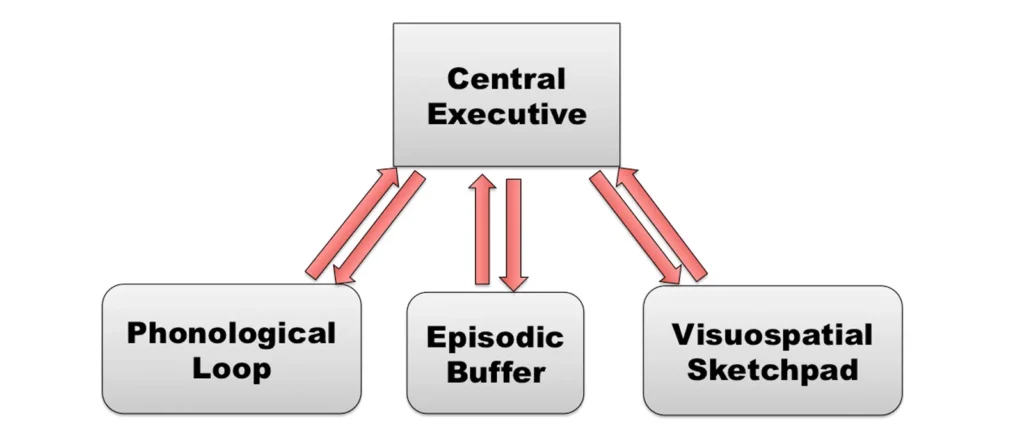
One of the most widely accepted explanations of working memory is Baddeley’s Model of Working Memory, first proposed by Alan Baddeley E Graham Hitch in 1974 and later refined in 2000. The working memory model was created to describe how the brain manages temporary information while reasoning, learning, and making decisions.
Instead of viewing working memory as a single container, Baddeley explained it as a system with multiple specialized parts. Each part handles different types of information, which helps us understand why children may excel with visual activities but struggle with verbal ones, or the other way around.
The Four Core Components
- The Central Executive
The central executive functions as the manager of working memory. It directs attention, coordinates tasks, and decides which information should be processed. It does not store information itself but controls the flow between the subsystems. In children, a weak central executive can appear as poor focus, disorganization, or difficulty switching between tasks. - The Phonological Loop
This component manages spoken and auditory information. It allows children to hold words, sounds, or numbers in mind for a short period of time, like an inner voice repeating information. It is essential for reading, vocabulary learning, and following oral instructions. - The Visuospatial Sketchpad
This subsystem stores and processes visual and spatial details. It helps children remember shapes, colors, and locations. When a child solves a puzzle toy, navigates through a classroom, or imagines how to build with blocks, they are using the visuospatial sketchpad. - The Episodic Buffer
The episodic buffer integrates information from the phonological loop, the visuospatial sketchpad, and long-term memory. It creates a unified mental scene that combines words, images, and meaning. For example, a child recalling a story with characters and pictures is relying on the episodic buffer.
Perché la memoria di lavoro è importante?
Working memory is often described as the foundation of learning and everyday problem-solving. Without it, children would struggle to complete even simple tasks that require holding and using information at the same time. Understanding its importance helps parents and educators recognize why some children face difficulties in the classroom or at home.
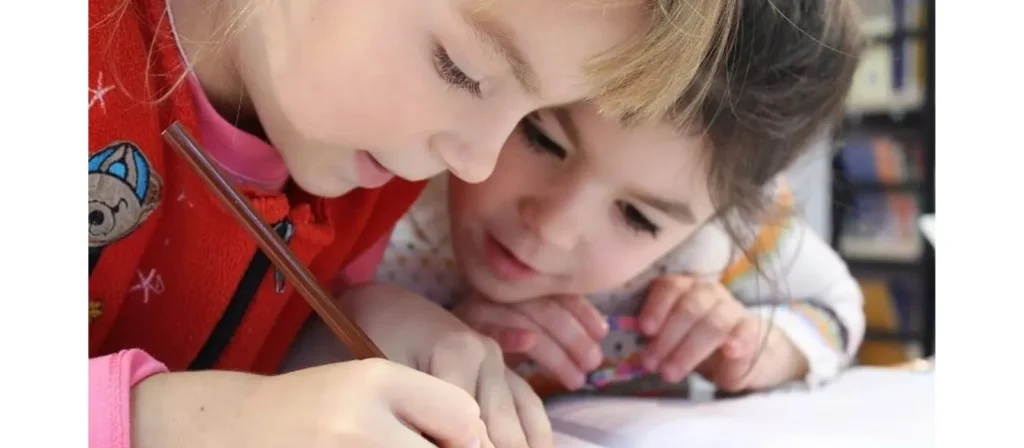
Supports Academic Success
Working memory is deeply linked to how well a child performs in school. From reading comprehension to solving math problems, children rely on working memory to hold information while applying it to tasks. For instance, in math, a child needs to remember a number, apply a formula, and keep track of the result. In reading, they must remember the beginning of a sentence by the time they reach the end. Without strong working memory, these tasks become much more difficult, regardless of a child’s natural intelligence or motivation.
Enables Following Multi-Step Instructions
Teachers and parents often give directions that include more than one step. Children with healthy working memory can listen, retain the steps, and carry them out successfully. However, when working memory is weak, a child might remember the first instruction but forget the rest. This can lead to incomplete tasks and frustration for both the child and the adult. Strengthening working memory helps children become more independent and confident when managing instructions.
Improves Focus and Attention Control
Working memory plays a major role in helping children stay on task. It allows the brain to focus on what’s important and ignore distractions. When working memory is underdeveloped, children may seem distracted or easily off-task, not because they are careless, but because they lose track of what they are doing. Supporting working memory can improve attention span and task completion, which are crucial for academic and behavioral success.
Helps Regulate Emotions and Behavior
Self-regulation depends on the brain’s ability to hold back impulses and think before acting. Children with better working memory can pause, reflect, and make decisions more calmly. Those with weaker working memory may react too quickly, interrupt others, or forget classroom rules. These behavioral issues are often rooted in cognitive overload, not poor discipline. By improving working memory, children can gain better control over their emotions and actions.
Supports Social Skills and Interaction
In social situations, working memory helps children follow conversations, remember what others said, and respond appropriately. It also allows them to track group dynamics, take turns, and adjust their behavior depending on the setting. Children who struggle in these areas may find it difficult to make or keep friends, even if they want to connect. Enhancing working memory can lead to better social outcomes and more meaningful peer relationships.
Builds Long-Term Confidence and Life Skills
The impact of working memory reaches far beyond childhood. Research shows that strong working memory is a predictor of academic achievement, problem-solving ability, and adaptability in adulthood. Children who can manage their mental workload effectively are more likely to become confident learners and capable adults. Investing in working memory development early helps build a solid foundation for long-term personal and academic growth.
Trasforma la tua aula con soluzioni di arredamento personalizzate
How to Improve Working Memory in Children?
Working memory is a skill that can be strengthened over time with the right support and practice. By using strategies that reduce mental load, encourage active engagement, and build cognitive habits, parents and teachers can help children perform better in learning, behavior, and everyday routines. The following approaches are practical, evidence-based, and suitable for both home and school environments.

1. Break Information Into Manageable Chunks
Children can hold more information when it is grouped in meaningful ways. Instead of giving a long list of steps all at once, break tasks into smaller parts. Give one instruction at a time or use short sequences with visual or verbal reminders. This reduces the mental effort needed to remember everything at once.
2. Use Visual Supports and Checklists
Visual tools such as picture schedules, checklists, or step-by-step diagrams can ease the burden on verbal working memory. These supports act as reminders, allowing children to focus on the task rather than recalling the entire process. They are especially helpful for young learners and those with language processing challenges.
3. Encourage Repetition and Rehearsal
Repetition helps information move from short-term holding into longer working memory use. Encourage children to repeat instructions out loud, rehearse tasks in their own words, or silently walk through the steps before acting. This builds internal routines that help with retention and focus.
4. Play Memory-Boosting Games
Games like Simon Says, matching cards, or memory sequences train children to hold and use information under pressure. More complex games, such as following dance routines or solving puzzles, also promote memory coordination. These activities are fun and developmentally appropriate for early learners.
5. Build Focus Through Routine
Children who know what to expect use less mental energy to manage transitions. Establish daily routines that follow the same pattern. When cognitive load is reduced by predictability, more space is available in working memory for learning and problem-solving.
6. Connect New Information to What They Already Know
When new ideas are linked to familiar experiences, they are easier to understand and remember. Help children make connections between lessons and real-life events. For example, relate a science concept to something they saw at the park. This activates long-term memory and supports working memory by providing mental anchors.
7. Teach and Model Self-Talk Strategies
Children can be taught to guide themselves with inner speech. Encourage them to talk through a problem step by step or ask themselves questions while working. This activates the phonological loop and reinforces their control over memory processes.
8. Minimize Distractions and Support Attention
A quiet, organized environment helps children use their working memory more effectively. Limit background noise, reduce visual clutter, and provide breaks when needed. Supporting attention is one of the best ways to protect working memory from becoming overloaded.
Working Memory in Children with ADHD and Learning Disorders
Children with ADHD and learning disorders often face unique challenges with working memory. These difficulties go beyond occasional forgetfulness. They can significantly affect how a child learns, behaves, and interacts with others. Understanding the link between working memory and these conditions is crucial for providing effective support.
How Working Memory Deficits Appear in ADHD
In children with ADHD, working memory issues are closely tied to attention regulation. They may forget instructions moments after hearing them, lose their place in a task, or jump from one activity to another without completing any. This is not due to laziness or willful disobedience, but a neurological difficulty in holding and manipulating information while staying focused.
These children often perform well on tasks that are short, engaging, or hands-on, but struggle with assignments requiring multi-step planning, delayed recall, or abstract reasoning. Supporting their working memory means reducing distractions, breaking tasks into chunks, and providing frequent, non-judgmental reminders.
Working Memory and Specific Learning Disorders
Children with learning disorders such as dyslexia or dyscalculia may have intact long-term memory but poor working memory. For example, a child with dyslexia might struggle to remember sound-letter patterns while reading a sentence, or a student with math challenges may lose track of steps in a multi-digit equation.
Working memory difficulties can also affect organization, writing fluency, and test performance. These children often benefit from assistive tools like graphic organizers, audiobooks, visual instructions, and repeated, scaffolded practice. Consistency and patience are key to helping them build confidence and access learning in ways that work for them.
Support Strategies for Children with ADHD and Learning Disorders
- Use multisensory teaching methods
Presenting information in more than one format can help reduce memory demands. Combine visual, auditory, and kinesthetic cues to support understanding and recall. - Simplify and repeat instructions
Break directions into smaller parts, and repeat them using simple, consistent language. Ask the child to repeat the instructions back in their own words to confirm understanding. - Allow extra time and breaks
Children with working memory challenges often need more time to process and complete tasks. Scheduled breaks can also prevent fatigue and reduce frustration. - Use memory aids
Visual schedules, graphic organizers, sticky notes, and verbal cues can help keep important information visible and accessible during tasks. - Provide structured routines
Predictable routines lower the cognitive load, freeing up working memory to handle learning rather than managing transitions or unclear expectations. - Offer encouragement and reduce pressure
Positive reinforcement helps build confidence. Avoid overwhelming the child with too many instructions or expectations at once.
Scopri la nostra gamma completa di prodotti
Accedi al nostro catalogo completo con mobili e attrezzature da gioco di alta qualità per asili e scuole.
What Activities Can Improve Working Memory Capacity?
Working memory, like any cognitive skill, can be strengthened through consistent and targeted practice. While some improvements come naturally with age, specific activities can accelerate progress by training the brain to hold and manipulate information more efficiently. The following types of activities are engaging, age-appropriate, and suitable for both home and classroom environments.
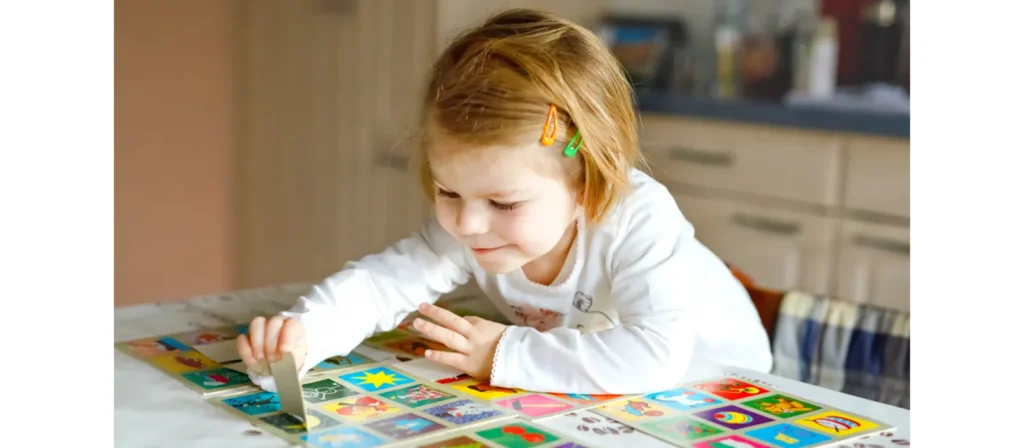
- Sequencing and Following Directions
Games that require children to follow a sequence of steps challenge their ability to retain and apply information. Activities such as “Simon Says,” multi-step obstacle courses, or cooking simple recipes with instructions can boost working memory by encouraging kids to listen, plan, and act in order. - Memory Matching and Visualization Games
Classic memory games, card-matching activities, or visual recall challenges help children strengthen the ability to hold images and locations in mind. You can increase difficulty gradually by adding more items or longer viewing times. These games engage the visuospatial sketchpad, a key component of working memory. - Repetition and Recall Activities
Encourage children to remember short lists of words, numbers, or pictures and then recall them after a short delay. Word chain games, “I went to the market and bought…” sequences, or backward counting exercises all challenge verbal working memory in a fun way. Try increasing the number of items gradually to build endurance. - Story Retelling and Listening Comprehension
After reading a short story or watching a video, ask children to retell what happened in order. This activates both verbal and visual working memory, as they must recall plot details and organize them logically. You can scaffold this by providing visual story maps or prompting with questions. - Strategy-Based Board Games
Games like “Uno,” “Memory,” “Go Fish,” “Guess Who,” or even age-appropriate chess teach children to remember rules, track turns, and plan moves. These activities improve executive functioning and working memory by requiring children to juggle multiple mental pieces at once while making decisions.
Conclusione
Working memory is a vital cognitive skill that shapes how children learn, think, and interact with the world. From following directions and solving problems to managing emotions and staying focused, working memory is involved in nearly every aspect of a child’s development. When it functions well, it supports academic success, social connection, and independence. When it lags behind, it can create hidden barriers to progress.
As parents or educators, we play a powerful role in shaping that journey. By noticing signs of struggle early, offering consistent strategies, and creating supportive learning environments, we can help every child overcome hidden barriers and unlock their full potential.

